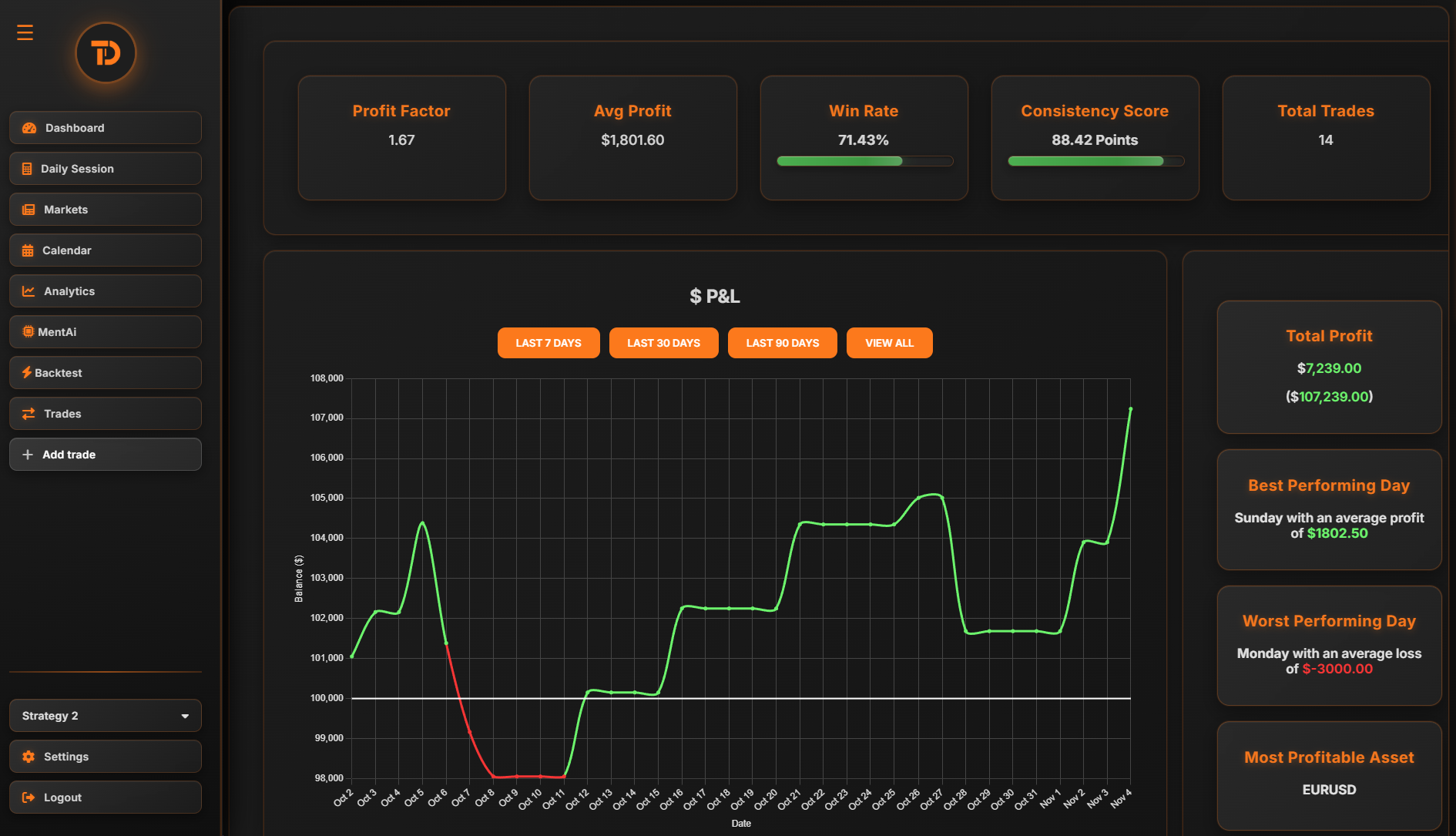Rumors and unverified information can spread rapidly in financial markets, often causing sudden and temporary price spikes or drops. These price movements are typically short-lived and driven by speculation rather than solid facts. Trading on these rumors can be extremely risky because the market often corrects itself once the real news is released, leading to sharp reversals in price. When traders act impulsively on hearsay, they expose themselves to the danger of being caught on the wrong side of the market when the truth comes to light. While it might be tempting to jump on a fast-moving trend fueled by rumors, doing so without proper confirmation can result in significant losses. The best approach is to remain patient, wait for confirmed, market-moving news, and base your trades on solid, verified information. By doing so, you reduce the risk of falling victim to volatile and unpredictable market swings caused by misinformation.
Reacting too quickly to rumors can lead to emotional trading and clouded judgment, which are often detrimental to long-term success. Staying disciplined and waiting for facts allows you to maintain control over your trading strategy and avoid unnecessary risks that could negatively impact your account.
. Why use a trading journal: Logging trades made based on rumors in your trading journal can help you objectively evaluate the outcomes of these trades compared to those based on thorough analysis and verified information. Over time, you’ll likely notice that trades driven by rumors tend to result in losses or highly unpredictable results, whereas trades grounded in solid research and confirmed news are more reliable. This insight can lead you to refine your strategy and avoid acting on unverified information in the future. A journal allows you to track these patterns, helping you make better decisions, reduce impulsive trades, and develop a more disciplined approach to trading that focuses on long-term success rather than short-term speculation.

